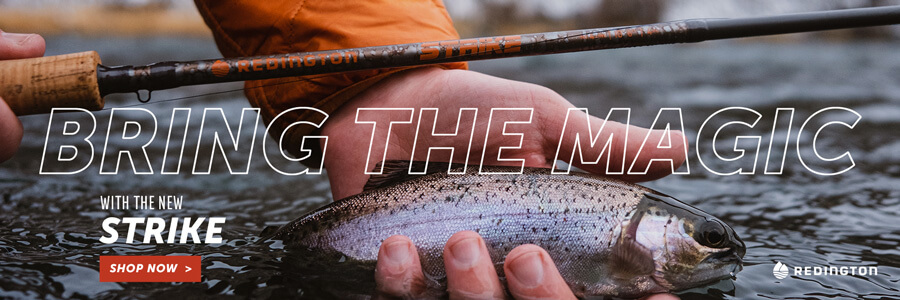In Praise of Smelt
Smelt are the great equalizer.
It doesn’t matter if you’re white-collar, redneck, or a combination of the two, when they’re running, folks from all walks of life gather streamside in the dark of night in hip boots or chest waders or knee-high wellingtons. They hold Coleman lanterns and dip-nets and dream of a mess of fish filling their buckets and, eventually, their frying pans and/or ziplock bait bags.
As people show up, they ask each other questions like:
“They up yet?” and
“Getting into ‘em at all?” and
“Been anyplace else?” Between walks upstream, they talk about the days when they, or their fathers, were young men and how they used to fill a five-gallon bucket in one pass. They invoke the names of Canandaigua Lake tributaries like they’re talking about mutual old friends. Names like Menteth Point, Seneca Point, Naples Creek, Vine Valley, Tichenor Point, Deep Run. Water that is 12 feet across at its widest. Storied water.
They lament the South wind and the waves that pound the shore at the mouth of the stream and keep the fish from hustling up into its clear, cold current. But the old-timers commit to one more pass before they retreat to warm their bones in the truck and then head home. The father and son in their normally-we-chase-trout waders and foul weather gear are far from packing it in. The college guys with their girlfriends say they’re going to stick it out, too. Their girlfriends’ looks say otherwise. Teachers, CEOs, farmers, politicians, contractors, firemen, attorneys, photographers, tradesmen, techies. They’re all called the same when the smelt are running. So it goes.Jason and I stand on the shale beach of Seneca Point, wind and lake to our backs, lanterns each illuminating a small universe. It’s 11:45 p.m. and we’re contemplating the nine fish we managed on our first run. As we snip the heads from our catch and thumb their insides loose on the water, we reassure each other and justify the relative insanity of our spending four more hours in a 20-something degree gale by offering hopeful excuses.
“Those damn things are tough to see when they’re onesie-twosie,” I offer.
“Hell yea they are. I bet by 12:30 they’ll be in thick though…maybe 1:00,” Jason replies.
“Yea, it is early still.” (Short pause while I put up my hood). “Pass me another beer will ya?”
Sometimes distraction works better than hope.There’s something to be said for a fish that can keep a man at bay on the shore of an upstate New York lake in mid-April at midnight—especially when that fish is a whopping seven-and-one-half-inches on average and is destined for a bait hook or frying pan. These are not the quarry of which books are written and movies are made. These are not the leviathans that haunt our big-river or deep-lake dreams. These are not the classic blurry Zebco-caught bluegill Kodak moments of our childhood. And they’re not a poor man’s brook trout you chase with a fly rod—that would be disrespectful to the fish.
But these fish do represent tradition. These fish are stories that usually wind up with someone spitting out a mouthful of beer in laughter. Camaraderie and the common ground of an unpredictable Spring. They’re an easy beer-batter fry away from happy snacking kids. And if you’re not hell-bent on chucking a streamer pattern or scared to go durty, they make a deadly lake trout bait when salted and fished on a slip sinker in 30 feet of water. Their use and value as diverse as the hearty folks that burn lanterns and nights to chase them.
For the record, they started running really well at quarter-past-two. Matt Smythe is a damn good writer. That is all.



